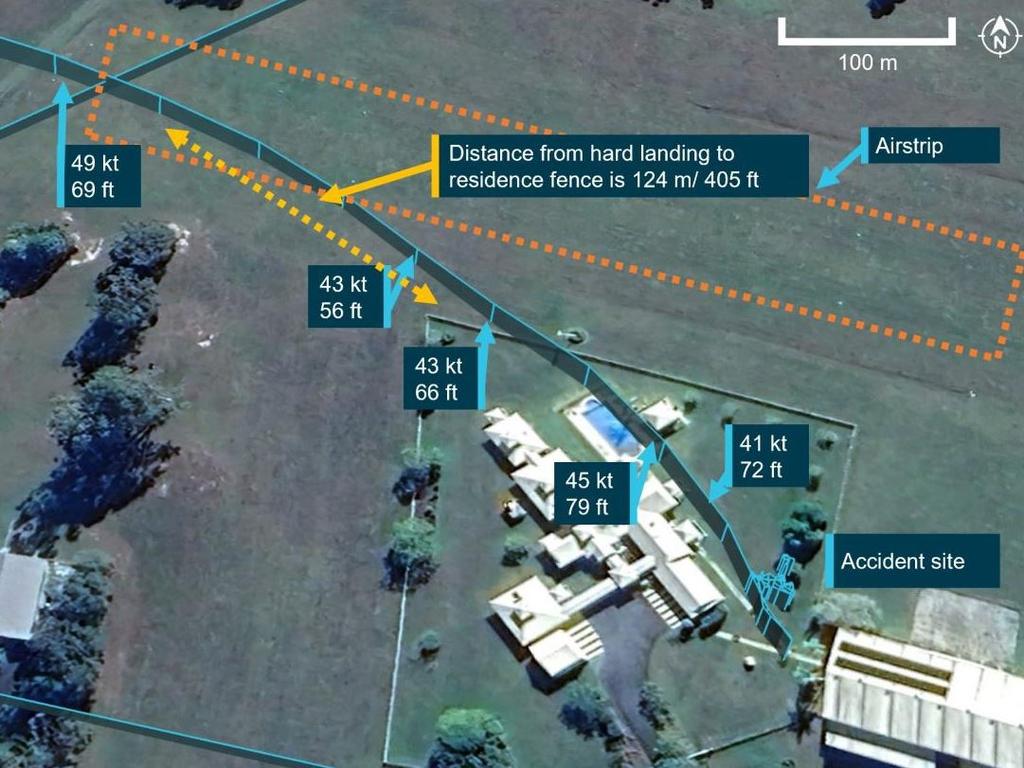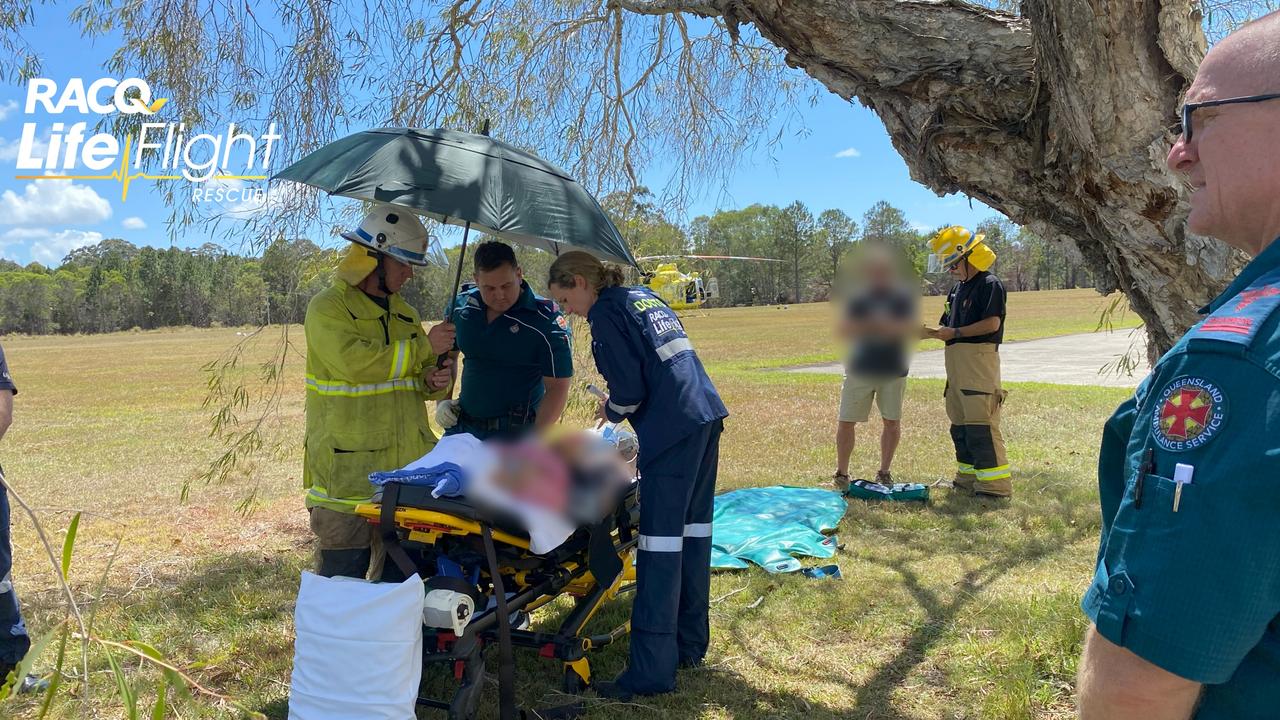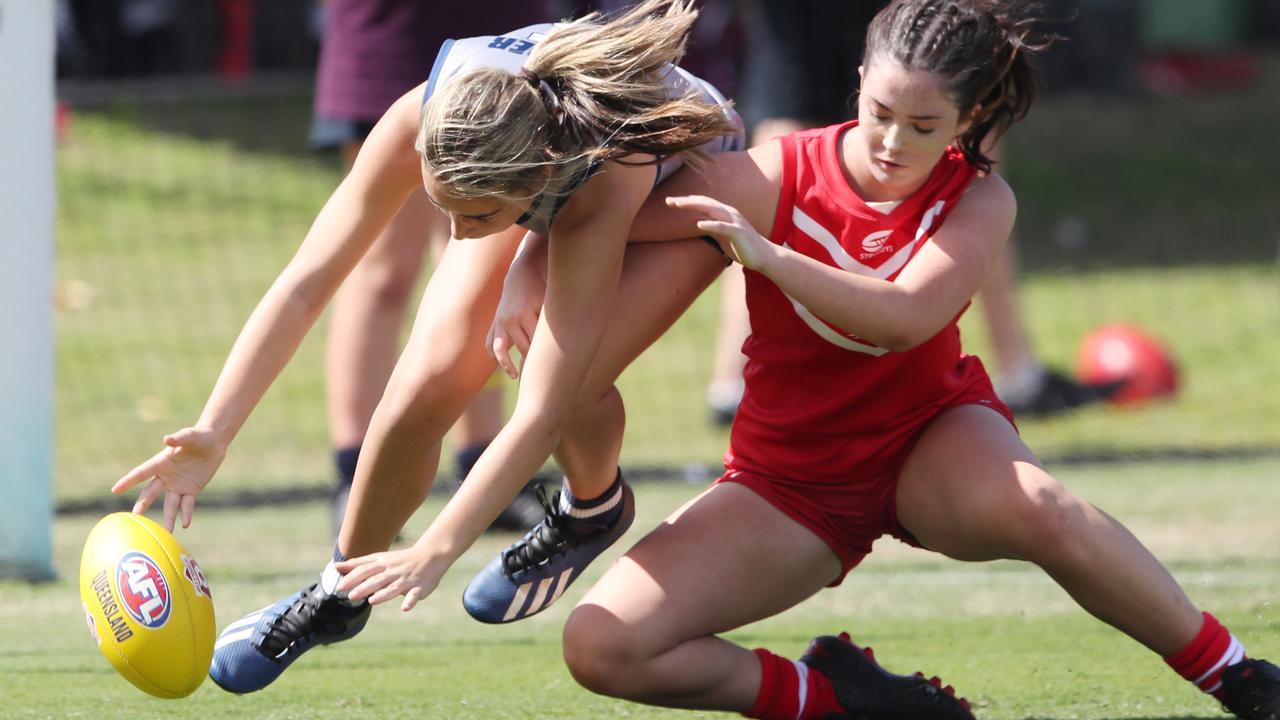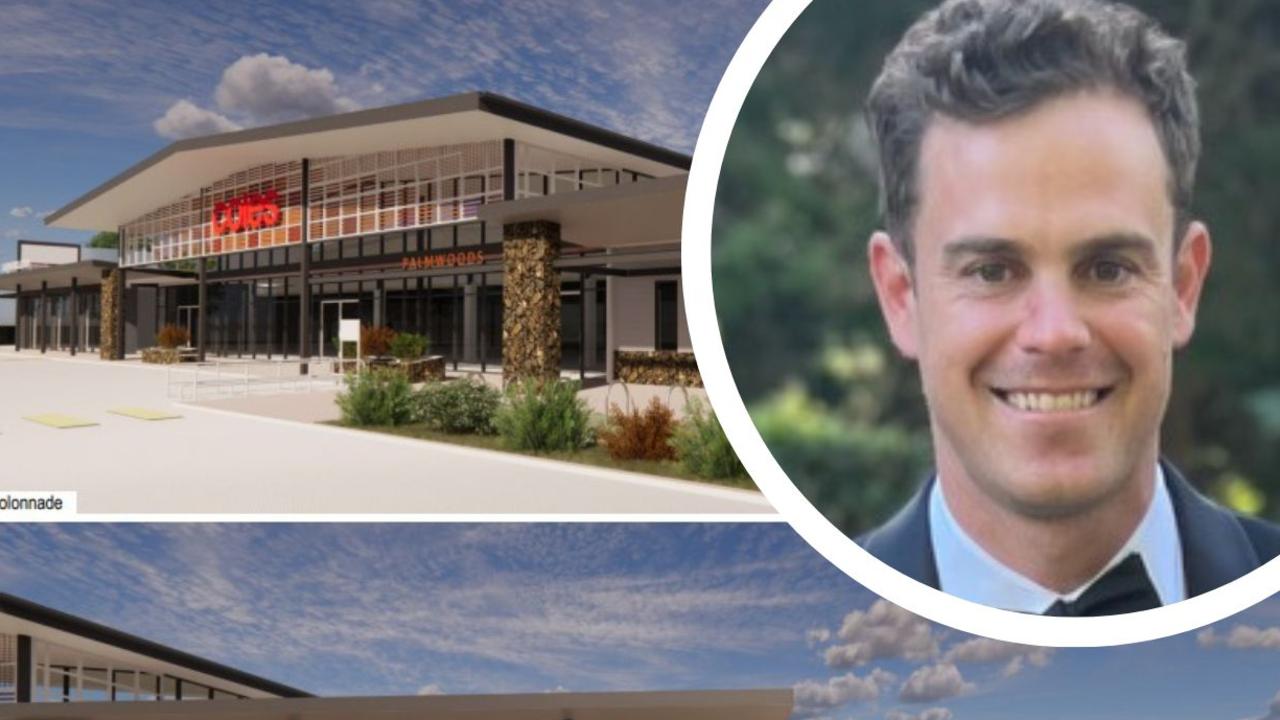Report released into Boreen Point light plane crash which injured pilot, his wife
The authority on aviation safety in Australia has revealed the cause of a serious light plane crash in the Noosa region that resulted in an aircraft crashing into a backyard.

Sunshine Coast
Don't miss out on the headlines from Sunshine Coast. Followed categories will be added to My News.
Air safety experts have concluded their investigation into a light plane crash that resulted in an aircraft landing in a Noosa region property’s backyard.
The Australian Transport Safety Bureau were called in to determine the cause of a serious aviation incident on November 12, 2023 which led to a pilot and his wife being injured in a crash landing of their aircraft.
In the ATSB’s final report into the crash, it was revealed a Stoddard Hamilton Glastar light aircraft was being used for a private flight from a grass airstrip on a property near Boreen Point, northeast of Noosa, with a pilot and passenger on board.
The report noted during the approach to land, the aircraft crossed a tree line in the runway undershoot and the pilot reported the aircraft encountered sink, meaning a drop in altitude.
The pilot advised they twice increased engine power in response but the aircraft touched down firmly and was simultaneously struck by a gust of crosswind. This picked up the left wing and turned the aircraft to the right towards the house on the property.

In response the pilot initiated a go-around and the aircraft became airborne again, cleared a property fence and a building and struck the top of a palm tree before hitting the ground.
The aircraft was substantially damaged. The passenger, who was the pilot’s wife, suffered significant injuries and was flown to Sunshine Coast University Hospital while the pilot sustained minor injuries and declined transport.
Flight data examined by the ATSB indicated the aircraft had a 49 knots ground speed as it crossed the threshold on final approach.

While weather data recorded at the Sunshine Coast airport indicated some headwind, which would have raised the airspeed, the reported noted airspeed was still probably below the 65-60 knots recommended by the aircraft’s pilot operating handbook or POH.
“The unexpected sink on final approach would also be consistent with the POH, which advises of increased sink at reduced airspeed,” ATSB director transport safety Stuart Macleod said.
Once the decision was made to go around, the ATSB report stated the aircraft was not realigned with the airstrip and instead headed towards the house.
“Obstacles prevented the aircraft from being flown at the optimal, shallow climb profile to increase airspeed,” Mr Macleod said.
“The aircraft’s speed and height remained low, resulting in it striking the top of a tree close to the stall speed, before impacting the ground.”
The crash was a reminder by the ATSB for pilots to be prepared to conduct a missed approach and to be aware of the factors which could affect subsequent climb performance.
More Coverage
Originally published as Report released into Boreen Point light plane crash which injured pilot, his wife









